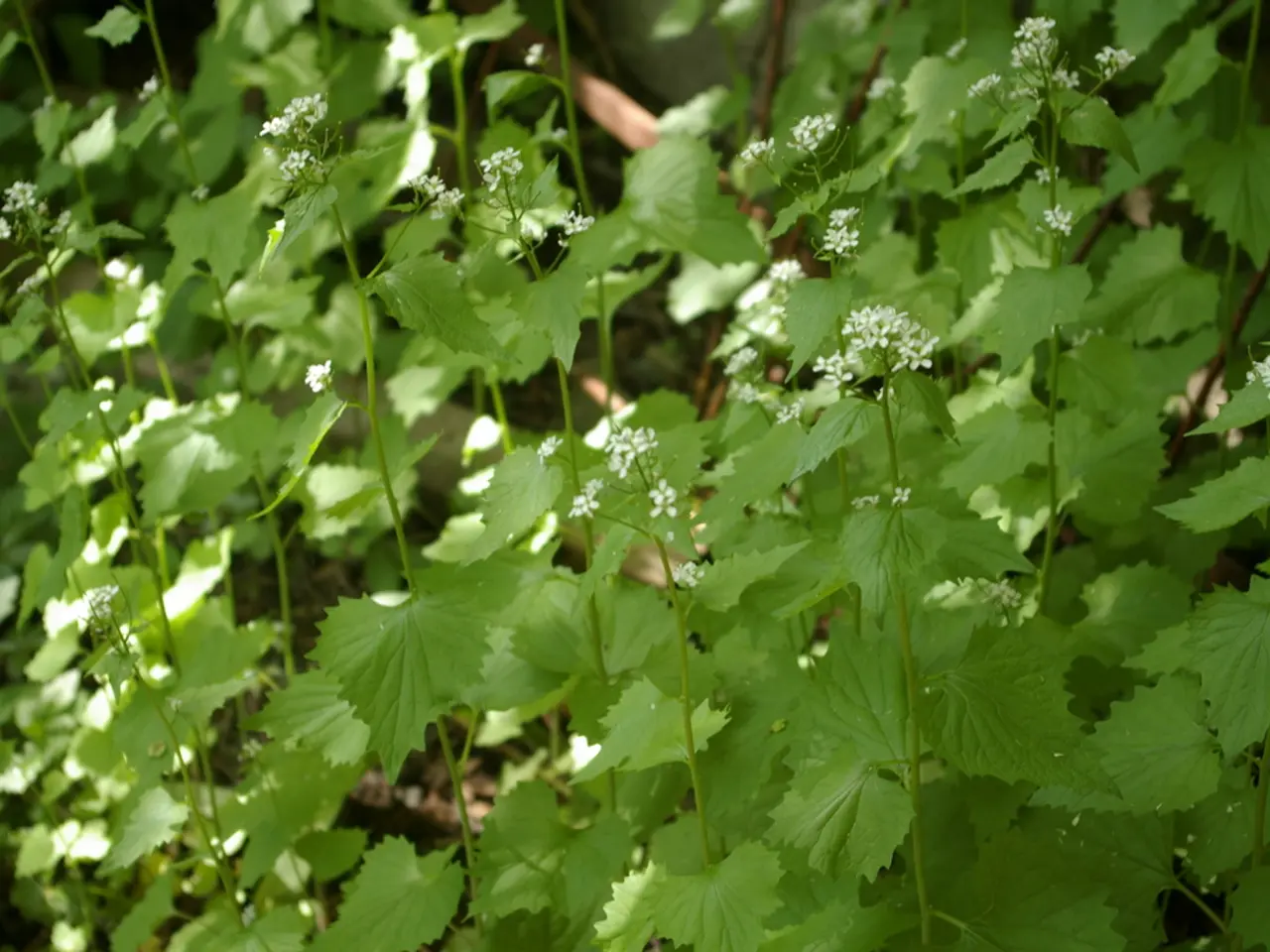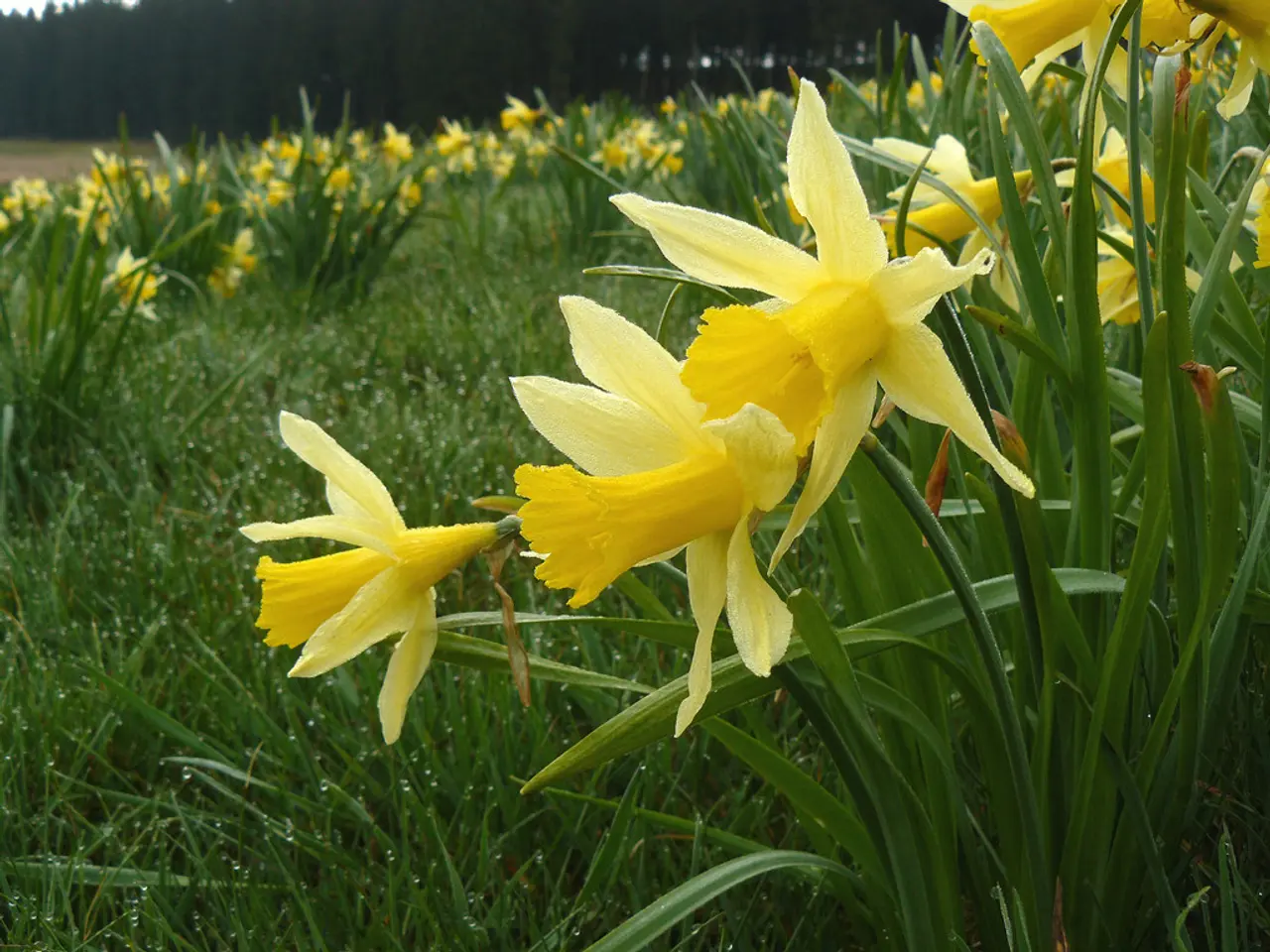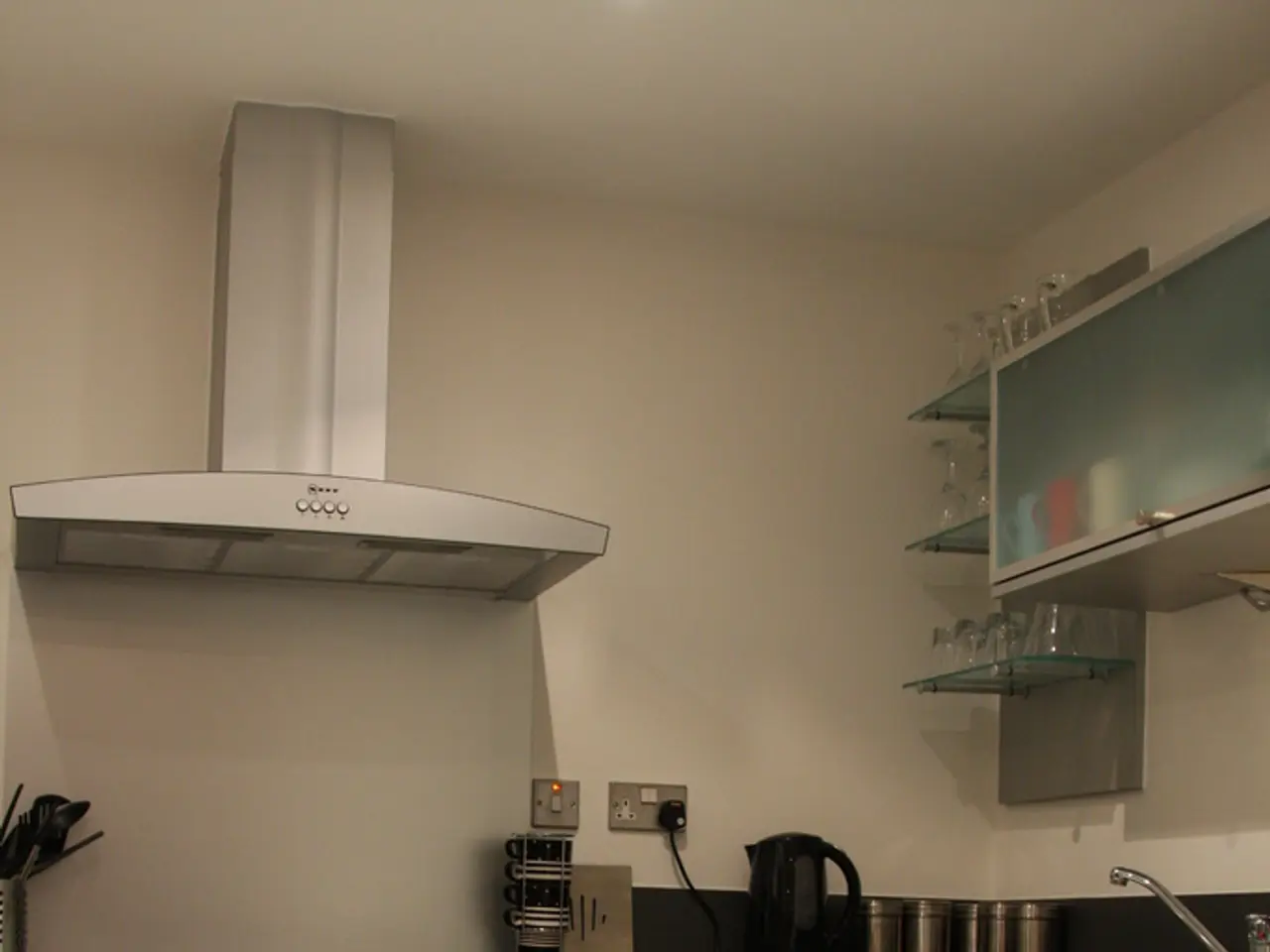Preventing Birds from Nesting in Undesired Locations: A Guidance
Observing wildlife at your backyard bird feeders can be entertaining and beneficial, as birds help control insect populations naturally. However, when birds decide to nest in inconvenient spots like your porch, attic, or walls, the situation can turn messy and potentially dangerous. Here are seven bird-friendly methods to discourage nesting, while still safeguarding local wildlife populations.
Challenges from Bird Nesting
Sparrows, wrens, blue jays, mallards, starlings, doves, and pigeons are just a few bird species that may choose to nest near humans. They can build their nests in attics, garages, sheds, or even inside walls, ducts, vents, and exposed pipes.
While some birds may not cause significant issues, when they nest in inappropriate locations, they can lead to several problems:
- Property damage due to acidic droppings and clogged gutters and pipes
- Pests and diseases, carrying mites and diseases like avian influenza
- Increased fire risk, especially near electrical equipment or lighting
- Disrupted sleep due to early-morning noises
- General mess, with scattered sticks, feathers, and droppings
In most cases, it's not necessary to deter birds, as they play a vital role in urban habitats. Although birds sometimes share living spaces with bats and rodents, make sure to identify the source of noise before intervening.
7 Bird-Friendly Approaches to Discourage Nesting
1. Offer Alternative Nesting Places
Instead of discouraging birds outright, consider installing birdhouses, bird feeders, and planting evergreens and dense trees and shrubs. Provide an inviting nesting spot in an out-of-the-way area, which will not only help deter birds from nesting in inconvenient spots but also support local wildlife.
2. Tidy Up Your Property
Remove food sources, waste, and potential nesting sites. This includes old tires, hollow fence posts, overgrown trees, and weedy areas. Clean your chimney too, as birds often use it as a nesting site.
3. Dispose of Old Nests Carefully
Remove empty nests only when you're sure they're not in use. Wear protective gear, such as gloves and a face mask, then clean the area with a bleach solution or vinegar solution before reinstalling deterrents.
4. Remove Food Sources
By removing seeds produced by flowers, bird feeders, and pet food, you can decrease the likelihood of birds nesting in your garden. Also, consider enclosing your compost to prevent birds from feeding on older food scraps.
5. Close Off Entry Points
Seal small openings in your home, attic, or shed, using expandable foam, caulk, weather stripping, wood boards, or wire mesh. Ensure that you're not trapping any animals in the process, and remember that not all birds nest in winter. Pigeons, for example, may still be nesting during this time.
6. Use Deterrents
Test various deterrents, like bird spikes, scare tape, predator decoys, wind chimes, and ultrasonic deterrents, to find the ones that work best for you and your birds. Be careful, however, not to disturb nesting birds while using these methods.
7. Seek Professional Help
When it's necessary to relocate a nest in a hazardous location, hire a wildlife rehabilitator. After the nest is moved, make repairs and install bird deterrents to prevent nesting in the same spot again.
Additional Tips:
- Start implementing your bird prevention strategy before the birds begin actively nesting
- Be patient; it may take time for birds to avoid unwanted nesting spots
- Monitor your property for signs of bird presence and adjust your approach as needed.
- If you're dealing with birds nesting in your BHG, considering installing birdhouses from Nature Lovers' Gardening might help discourage them from choosing inconvenient spots.
- To avoid the inconvenience of birds nesting in your attic or walls, you could enlist the help of garden design experts to create a more bird-friendly garden layout.
- If you find nests in your porch or garage, carefully remove them, wearing protective gear, and offer alternative nesting places, such as birdhouses or evergreens, to refute their interest in inconvenient spots.
- Caring for Your Yard might involve tidying up potential nesting sites like old tires, overgrown trees, and weedy areas, which could deter birds from building nests in inconvenient locations.
- To prevent pigeons from nesting in inconvenient spots like your walls or electrical equipment, consider enclosing your compost or sealing small openings in your shed using bird deterrents like wire mesh.








